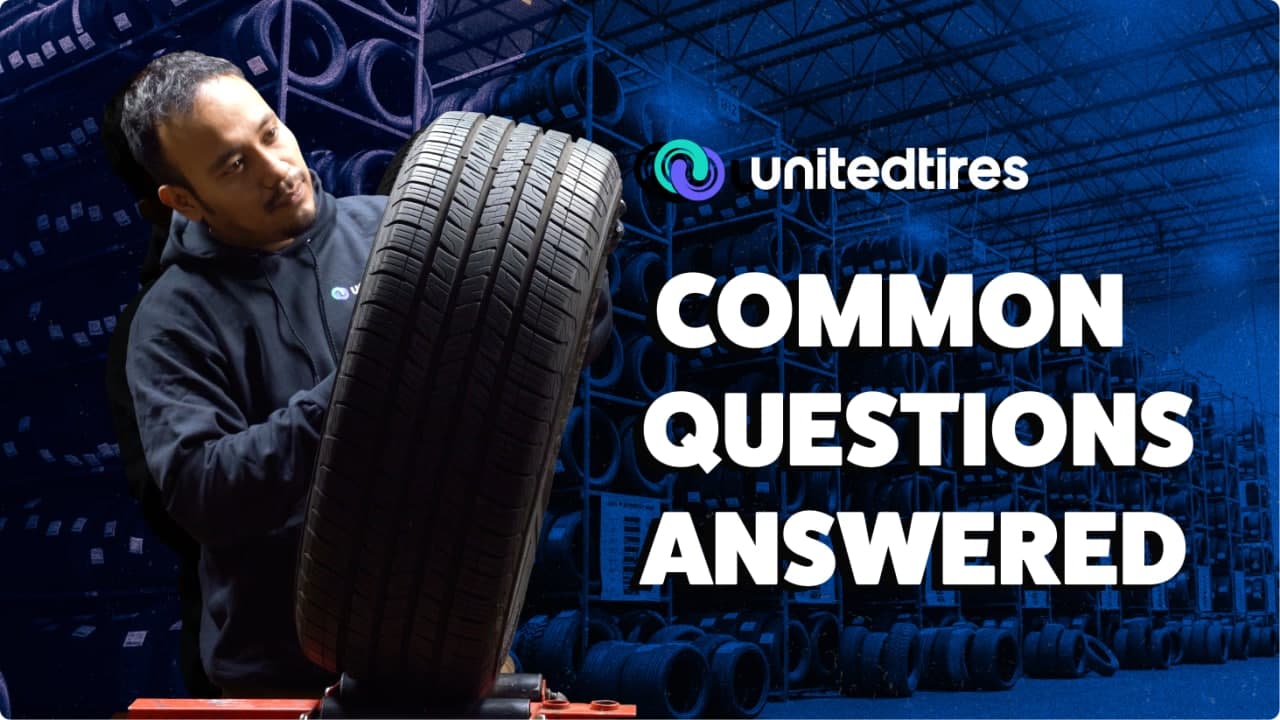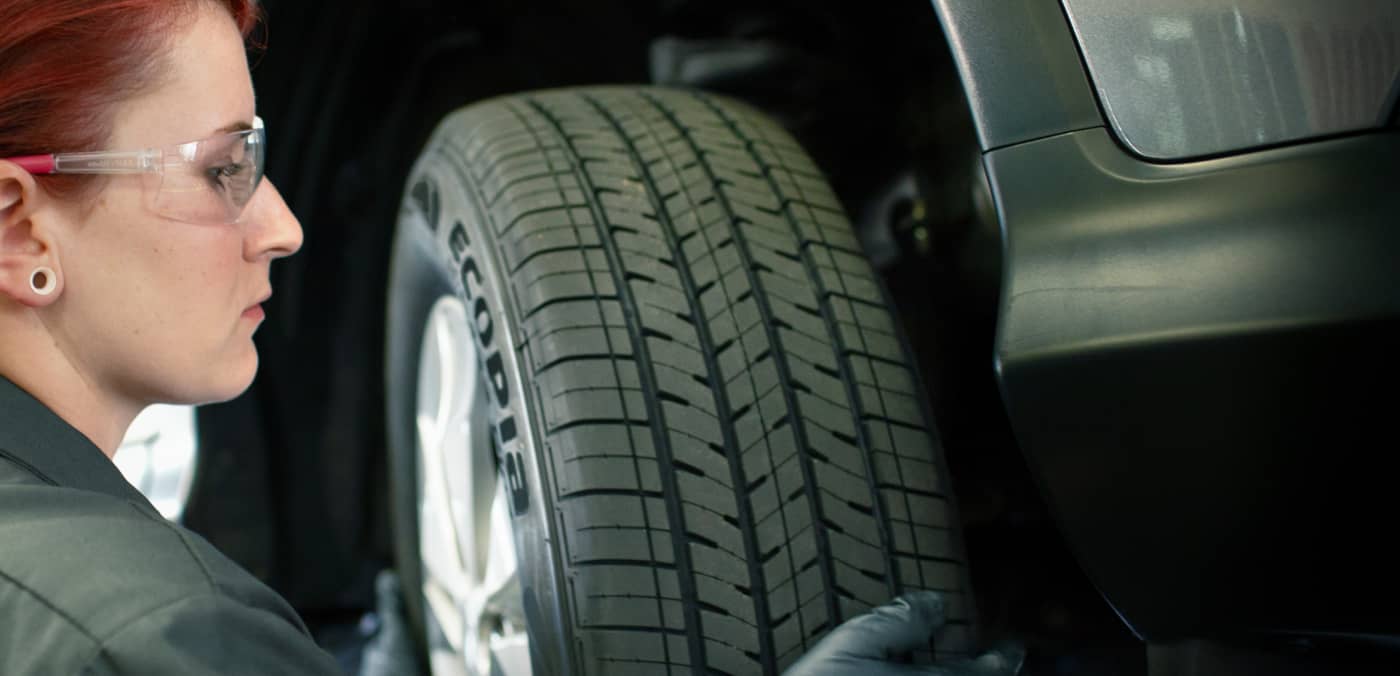All Categories
Featured
Table of Contents
I was able to obtain 100 hours out of among these tires, and while it had definitely no tire lugs left on it, the soft substance made it work really wellas long as I was making use of a soft mousse. Kitt Stringer picture Easy installing - 3Wear - 3Sidewall stamina - 3Performance on roots - 4Performance on damp rocks - 2Traction on dust - 5Cornering ability - 4Traction while stopping - 4Self-clearing of dust and mud - 3Performance in mud - 3Overall predictability or monitoring - 3 _ 37 Final thought: This is a great well-rounded tire with great worth for cash.

The wear corresponded and I such as how much time it lasted and how consistent the feeling was throughout usage. This would certainly likewise be a good tire for faster races as the lug size and spacing bit in well on rapid terrain. Kitt Stringer picture Easy installing - 3Wear - 3Sidewall stamina - 3Performance on roots - 4Performance on wet rocks - 4Traction on dust - 4Cornering capacity - 4Traction while braking - 5Self-clearing of dirt and mud - 4Performance in mud - 4Overall predictability or monitoring - 4_42 Conclusion: I liked this tire a lot.
If I needed to buy a tire for hard enduro, this would be in my leading selection. Easy placing - 3Wear - 3Sidewall stamina - 3Performance on origins - 4Performance on damp rocks - 3Traction on dirt - 4Cornering capacity - 3Traction while braking - 3Self-clearing of dust and mud - 4Performance in mud - 4Overall predictability or tracking - 3 _ 34 Verdict: This tire was very soft and pliable.
All the gummy tires I tested performed relatively close for the initial 10 hours or two, with the champions mosting likely to the softer tires that had much better grip on rocks (Cheap car tyres). Getting a gummy tire will most definitely provide you a solid advantage over a regular soft compound tire, yet you do spend for that benefit with quicker wear
Affordable All-season Tyres – Mirrabooka 6061 WA
This is an optimal tire for springtime and loss conditions where the dirt is soft with some dampness still in it. These tested race tires are excellent all about, but wear promptly.
My overall victor for a hard enduro tire. If I had to spend money on a tire for everyday training and riding, I would select this.
Leading Tyre Deals
I have actually been running a set of Michelin Power Pilot 2CT's on my track Daytona 675 for the previous year. In that time I have actually done 15 track days in all weathers from chilly wet to very warm and these tires have never ever missed out on a beat. Tyre performance. I've done virtually 2,000 miles (3,200 km) on them and as you can see from this shot of the front taken after initial session of my 15th track day on them, they still have rather a great deal of rubber left on them
Basically the 2CT is a fantastic track day tyre. If you're the type of biker that is most likely to come across both damp and completely dry problems and is beginning on course days as I was in 2014, then I think you'll be difficult pressed to locate a much better value for cash and experienced tyre than the 2CT; a pair of which will certainly establish you back around 185 (US$ 300) in the UK.
Coming up with a better all round road/track tyre than the 2CT must have been a difficult task for Michelin. The result of that effort is the Michelin Pilot Power 3 which essentially replaces the Pure. Do not confuse this brand-new tyre with the roadway going Pilot Roadway 3 which is not created for track usage (although some bikers do).
They inspire massive self-confidence and offer amazing grasp degrees in either the damp or the dry. When the Pilot Power 3 released, Michelin recommended it as a 50:50% road: track tire. That message has just recently changed because the tires are now recommended as 85:15% road: track use instead. All the motorcyclist reports that I've checked out for the tire price it as a far better tyre than the 2CT in all locations yet particularly in the wet.
Reliable Tyre Offers Near Me – Mirrabooka WA
Technically there are plenty of distinctions in between the two tyres despite the fact that both utilize a double compound. Visually you can see that the 2CT has less grooves reduced right into the tyre but that the grooves go to the side of the tire. The Pilot Power 3 has more grooves for much better water dispersal however these grooves do not reach the shoulder of the tyre.
One facet of the Pilot Power 3 which is various to the 2CT is the new 2CT+ innovation which prolongs the harder center section under the softer shoulders (on the rear tyre). This need to give a lot more stability and minimize any kind of "squirm" when increasing out of corners despite the lighter weight and more adaptable nature of this new tyre.

I was a little dubious concerning these lower pressures, it transformed out that they were great and the tyres performed truly well on track, and the rubber looked far better for it at the end of the day. Equally as a factor of referral, other (quick group) bikers running Metzeler Racetecs were utilizing tyre pressures around 22-24 psi for the back and 24-27 psi on the front.
Coming up with a much better all round road/track tyre than the 2CT need to have been a tough job for Michelin. The result of that initiative is the Michelin Pilot Power 3 which essentially changes the Pure. Do not confuse this new tyre with the roadway going Pilot Roadway 3 which is not designed for track usage (although some motorcyclists do).
Leading Tyre Tuning Near Me ( Stirling)
When the Pilot Power 3 introduced, Michelin advised it as a 50:50% road: track tyre. All the biker reports that I've reviewed for the tire price it as a much better tyre than the 2CT in all areas but specifically in the damp.

Technically there are plenty of differences between both tires although both utilize a dual compound. Aesthetically you can see that the 2CT has less grooves reduced into the tyre yet that the grooves go to the edge of the tire. The Pilot Power 3 has even more grooves for better water dispersal however these grooves don't get to the shoulder of the tire.
One aspect of the Pilot Power 3 which is different to the 2CT is the brand-new 2CT+ innovation which expands the harder middle section under the softer shoulders (on the rear tire). This need to provide extra security and lower any type of "agonize" when increasing out of edges despite the lighter weight and more versatile nature of this brand-new tire.
Although I was a little dubious about these lower pressures, it turned out that they were fine and the tyres done really well on the right track, and the rubber looked better for it at the end of the day. Equally as a point of recommendation, other (fast team) riders running Metzeler Racetecs were making use of tire pressures around 22-24 psi for the rear and 24-27 psi on the front
Latest Posts
Discount Tyres (Morley 6062 WA)
Reliable Low-cost Tyres
Reliable Budget Tyres Near Me – Koondoola WA